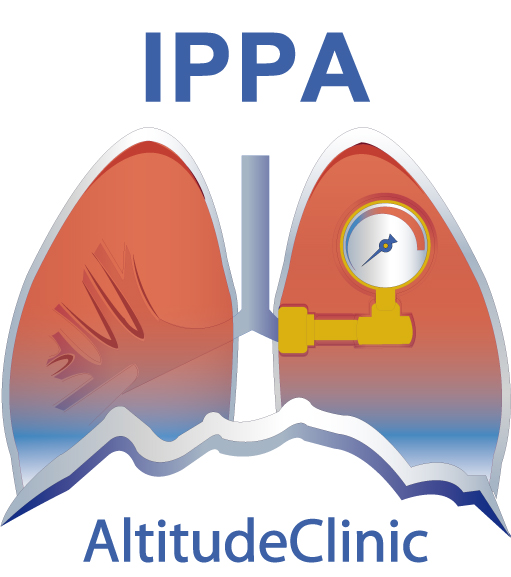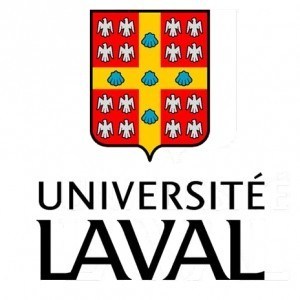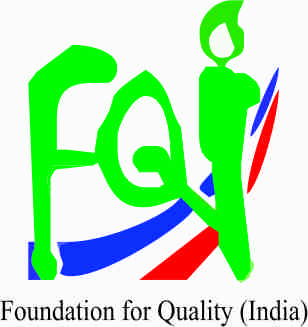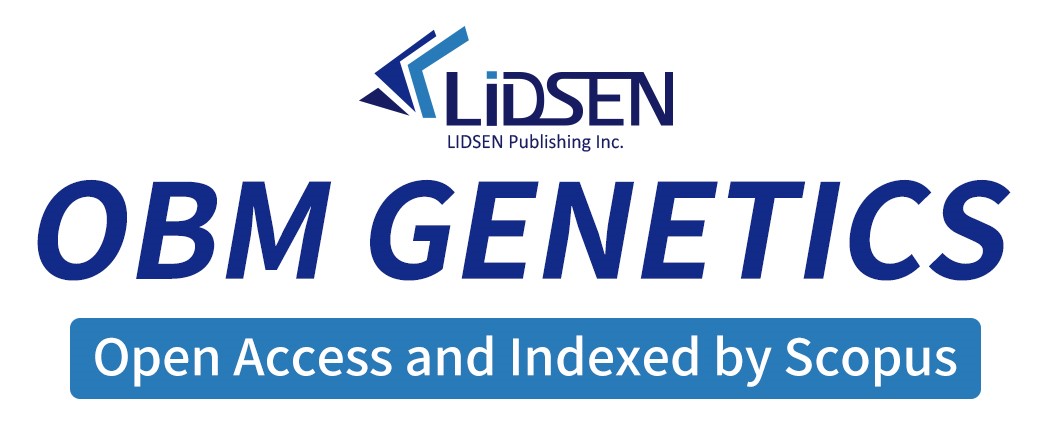HYBRID (In person & On-line ) Dedicated to Carlos Monge Medrano & Alberto Hurtado |
|
|
|
| ABSTRACTS |
| Advertising Poster |
|
High Altitude
Pathology HAPPI-IPPA |
DEADLINES
in 2022
Early
registration: August 15th
Abstract
Submit: September 15th
Mark your calendar !!
Organized by:
High Altitude Pulmonary and Pathology Institute
(HAPPI-IPPA)
La Paz,
Bolivia
Participating Co-Organizer Institutions:
BLDE (Deemed to be University) Vijayapur, INDIA
Institut universitaire de cardiologie et de pneumologie de Quebec, CANADA
Collaboration with:
Department of Environmental Health, UNESCO / UNITWIN Network, UNESCO Chair holder in Life Sciences (Biophysics, Biotechnology & Environmental Health)
University of Zurich, Switzerland
Foundation for Quality, India
Journal:
Special Issue: Oxygen Transport Physiology and COVID at High Altitude. Submission Deadline: Nov 30, 2022.
From
the organizers of the
First
World
Congress on High Altitude Medicine
and Physiology
and
the
Seven Chronic Hypoxia Symposiums
THEMES
Chronic hypoxia and high altitude physiology
Evolution and adaptation to chronic hypoxia and high altitude
Adaptation to high altitude and tolerance to hypoxia
Chronic hypoxia-related genetics, genomics, proteomics, and metabolomics
Metabolic responses to chronic hypoxia and high altitude
Chronic Mountain Sickness or rather Polyerythrocythemia
High-altitude pre-conditioning
Sports and physical activity at high altitude
Respiratory Disease and Pulmonary Hypertension at high altitude
Respiratory control and apena
COVID-19 and Silent Hypoxemia
Cancer: chronic hypoxia and high altitude
Mitochondria and high altitude
Other high-altitude related diseases
ACUTE Vs CHRONIC Hypoxia
Biodiversity at High Altitude
*We highly encourage researchers to present works including the effects of
sex and gender in chronic-hypoxia- and high-altitude related matters.
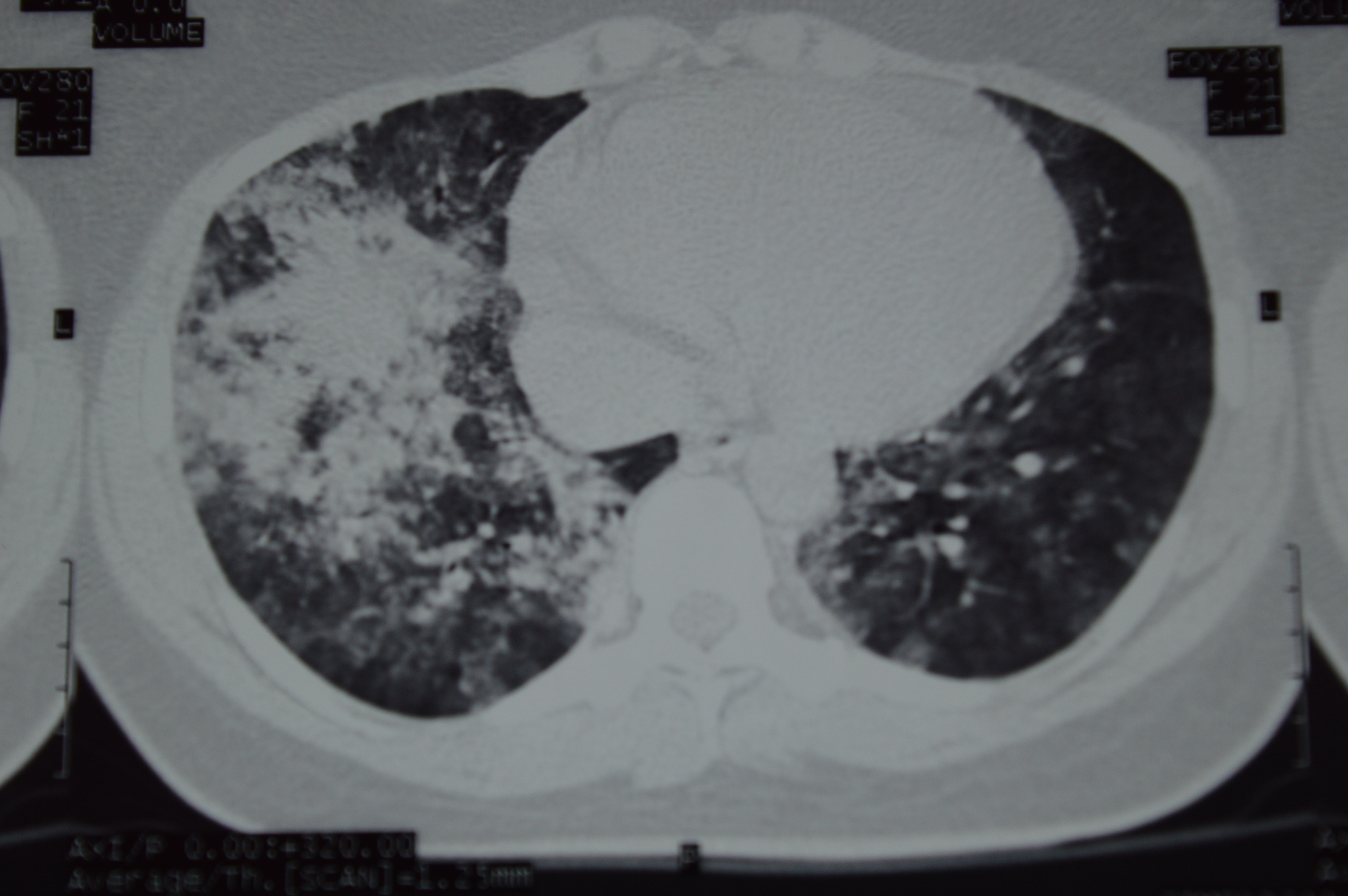
High Altitude Pulmonary Edema (HAPE) Cat Scan

Mt. Sajama 6542m where the historic soccer game was played.

............................
Once again we are proud to invite you to a friendly scientific gathering, continuing our tradition of Chronic Hypoxia Symposiums As you all know we are in the city of La Paz, the World Capital of Hypoxia and the Shrine of Hypoxia Scientists.
The conferences take place in different locations so that the attendees will be able to appreciate life at high altitude and pose themselves a new focus of chronic hypoxia. Different disciplines apparently not related to chronic hypoxia can find outstanding stimulus and innovative concepts in these unique chronic hypoxia environments.
Prof. Johan Kofstad of Norway gave a talk during this symposium about the history of blood gases, the conflict of BE (Base Excess), the struggles between the Copenhagen School and the Boston School and mountaneering in Norway. He did not include the THID (Titratable Hydrogen Ion Difference) that should be used instead of BE, a term we introduced with Poul-Erik Paulev. You can find his interesting presentation here.
............................
|
contact: zubieta@altitudeclinic.com |
|

